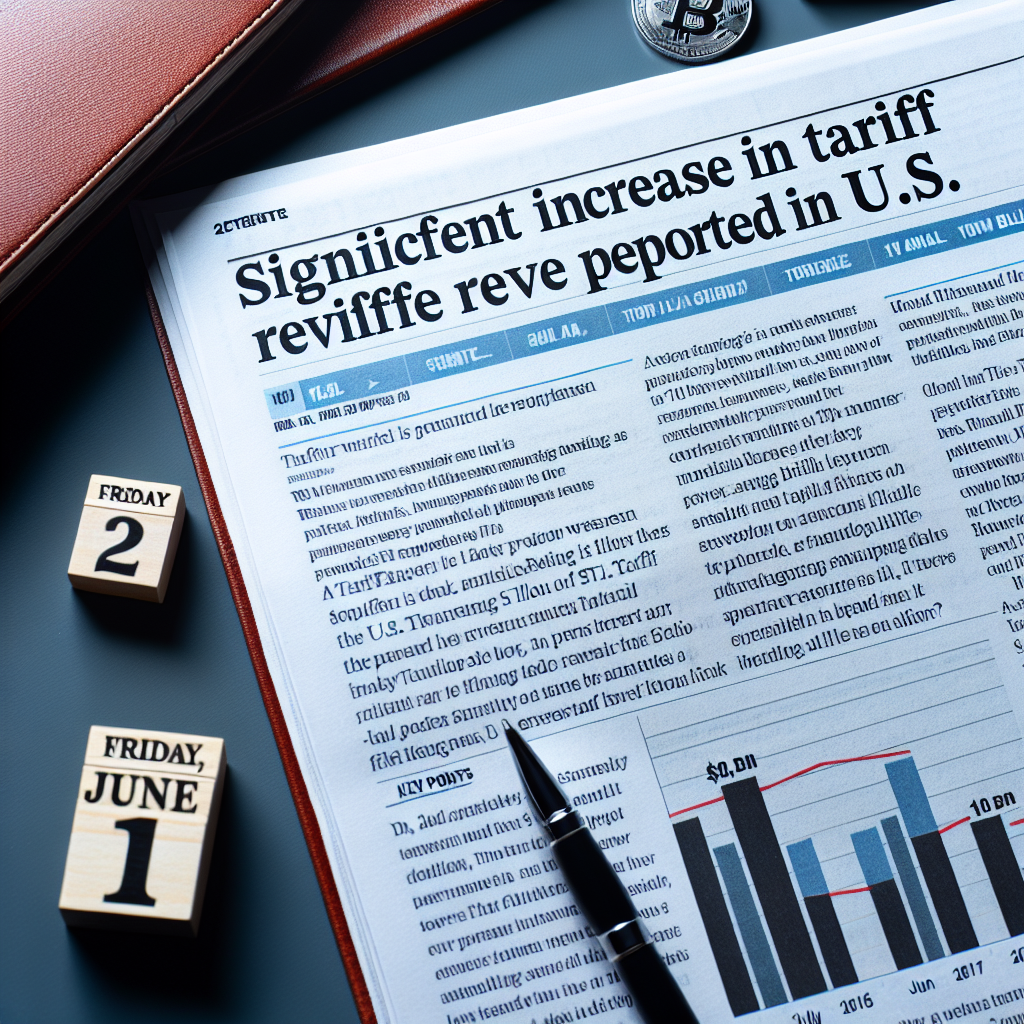The U.S. Department of the Treasury reported on Friday (July 11) that tariff revenue in the United States saw another significant increase in June, thanks to the continued efforts of President Trump’s tariff measures. In that month, tariff revenue exceeded $100 billion in a single fiscal year for the first time, leading to an unexpected budget surplus of $27 billion.
According to budget data from the U.S. Department of the Treasury, tariffs are gradually becoming an important source of revenue for the federal government. In June, tariff revenue set a new record, with total gross revenue nearly quadrupling to $27.2 billion. After deducting refunds, net revenue amounted to $26.6 billion.
President Trump has always seen tariffs as a lucrative source of income. He stated on Tuesday that significant funds would begin flowing into the United States starting from August 1 when equivalent tariffs are imposed on American trade partners.
The report from the Treasury Department shows that tariff revenue hit a new high in the first nine months of the 2025 fiscal year, with gross revenue reaching $113.3 billion and net revenue at $108 billion, nearly double that of the same period in the previous fiscal year.
The 2025 fiscal year runs from October 1, 2024, to September 30, 2025.
Based on this data, tariffs are now the fourth largest source of revenue for the federal government, following individual withholding taxes ($26.83 trillion), non-withholding individual taxes ($965 billion), and corporate taxes ($392 billion).
Within approximately four months, the proportion of tariffs in federal revenue has doubled from about 2% historically to around 5% at present.
The Treasury Department states that the budget surplus in June has reversed the fiscal deficit faced by the U.S. government during the same period last year, which was reported at $71 billion. The new tariff-related revenue helped increase total budget revenue by 13% last month, amounting to $600 billion, creating a historical record for June. Meanwhile, expenditures decreased by 7% to $380 billion, totaling $499 billion.
U.S. Treasury Secretary Scott Bessent suggested at a recent cabinet meeting to increase the magnitude of tariff collection and projected that by the end of December, tariff revenue for the calendar year 2025 could grow to $300 billion.
The last time the government achieved a budget surplus was in June 2017, during Trump’s first term.
In April, Trump announced not only tariffs on specific goods but also a comprehensive 10% tariff on goods imported from various countries. He also implemented equivalent tariffs on several U.S. trade partners and initiated trade negotiations since then.

